The Swiss Cheese Plant, also known as Monstera deliciosa, is a showstopper in any indoor garden. Its iconic, fenestrated leaves and bold, tropical presence have made it a staple in stylish homes, offices, and wellness spaces. But while the plant may look low-maintenance, humidity plays a critical role in keeping those leaves lush, split, and healthy.
You don’t need a greenhouse or tropical climate to grow a thriving Monstera indoors—just a few smart strategies. In this guide, we’ll share simple, effective humidity hacks that work in apartments, dry climates, and even winter-heated rooms.

Why Humidity Matters for Swiss Cheese Plants
Native to the rainforests of Central America, Swiss Cheese Plants are adapted to high humidity (60–80%), warm temperatures, and dappled sunlight. These conditions support:
- Lush foliage and leaf fenestrations
- Faster growth and stronger stems
- Healthier root systems and nutrient uptake
Low humidity—common in air-conditioned or heated homes—can lead to:
- Brown, crispy leaf edges
- Curled or droopy leaves
- Slower growth or smaller, unsplit leaves
Also Read- Dust, Air Quality, and Your Swiss Cheese Plant: Does Cleaning Leaves Really Help Growth?
What’s the Ideal Humidity for Monstera?
Aim for 50–60% humidity minimum for optimal growth. While Monsteras can tolerate dips into the 40s, long-term exposure to dry air causes leaf stress and visible decline.
A digital hygrometer is your best friend for measuring humidity. Small, affordable devices give real-time readings so you can adjust conditions accordingly.
Humidity Hacks: How to Keep Leaves Lush Indoors
You don’t need a humidifier to recreate a rainforest—though that’s certainly helpful. Here are practical, budget-friendly tips to maintain healthy humidity levels.
1. Group Your Plants
Plants naturally transpire moisture through their leaves. Placing your Swiss Cheese Plant near other tropicals (like Peace Lily, Calathea, or Areca Palm) helps create a microclimate of moisture.
Best practices:
- Cluster 3–5 leafy plants together
- Use terracotta or open-top pots to allow airflow
- Place them in corners to contain humidity
2. Use a Pebble Tray
A classic method, the pebble tray is simple yet effective:
- Fill a shallow tray with water and stones
- Place your Monstera pot on top (not submerged)
- As water evaporates, it creates localized humidity
Tip: Clean the tray weekly to prevent algae or mosquitoes.
3. DIY Humidifier Alternatives
If you don’t own a humidifier, try these household substitutes:
- Wet towel on radiator: Evaporation adds moisture to the air
- Open bathroom door during showers: Steam benefits nearby plants
- Room bowl of water near the plant: Slowly evaporates into the air
While these methods aren’t as precise, they work well in small spaces.
4. Keep Monsteras Away from Dry Air Sources
Avoid placing your plant near:
- Heating vents
- Air conditioning units
- Fireplaces
- Drafty windows
Dry, moving air quickly zaps humidity from plant leaves. Instead, choose locations with stable temperatures and minimal air disturbance.
5. Mist Strategically (Optional)
Misting is often debated. On its own, it doesn’t raise ambient humidity for long, but it can:
- Offer temporary leaf relief
- Clean dust from large leaves
- Support new growth if done properly
Tips:
- Mist in the morning
- Use filtered or distilled water
- Don’t mist in cold rooms or at night
Over-misting can lead to fungal issues or leaf spotting, so use sparingly and monitor results.
6. Invest in a Room Humidifier
If your home has very dry air, a cool-mist humidifier is your most reliable option. Place it:
- 2–4 feet from your Monstera
- Run it during daylight hours
- Clean it weekly to prevent bacteria buildup
Smart humidifiers with humidity controls and timers make it even easier to automate optimal conditions.
7. Consider Bathroom or Kitchen Placement
Bathrooms and kitchens naturally have higher ambient humidity, making them excellent Monstera zones—if there’s enough indirect light.
- Bathrooms: Ideal if they have frosted windows or skylights
- Kitchens: Keep away from stove or greasy areas, but near sinks or dish drying areas can work well
Also Read- Eco-Friendly Pest Control: Home Remedies for Swiss Cheese Plant Leaf Bugs
Bonus Tips for Lush, Split Monstera Leaves
In addition to humidity, lush growth depends on:
- Bright, indirect light: East or south-facing filtered windows
- Nutrient-rich, airy soil: Aroids prefer chunky, well-draining mixes
- Proper support: Moss poles mimic climbing in the wild
- Consistent watering: Let top 2 inches of soil dry before watering again
If humidity is ideal but your Monstera still isn’t producing fenestrated leaves, check for light and fertilization issues.
What to Avoid
- Misting excessively in cold rooms: May lead to mildew or leaf rot
- Placing directly near radiators: Causes rapid drying and temperature swings
- Ignoring winter care: Indoor heating drops humidity fast—adjust accordingly
Final Thoughts
Humidity may be invisible, but for your Swiss Cheese Plant, it’s a vital element of survival and beauty. You don’t need a rainforest or expensive equipment—just a few smart positioning tricks, occasional misting, and strategic use of water bowls or groupings.
With these humidity hacks, your Monstera can develop larger, split leaves and maintain its lush, jungle-like appearance—right from the comfort of your home.


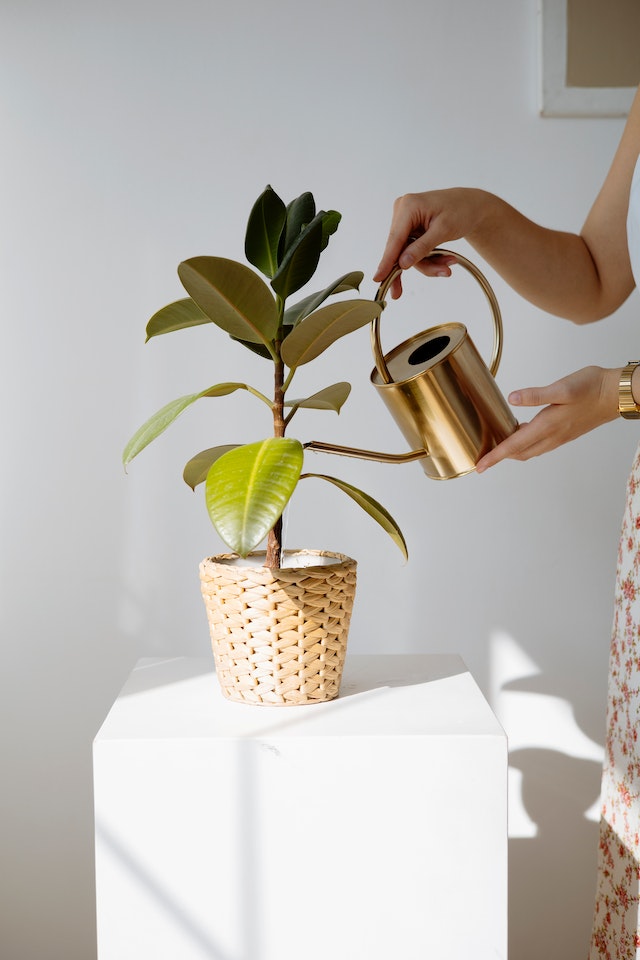
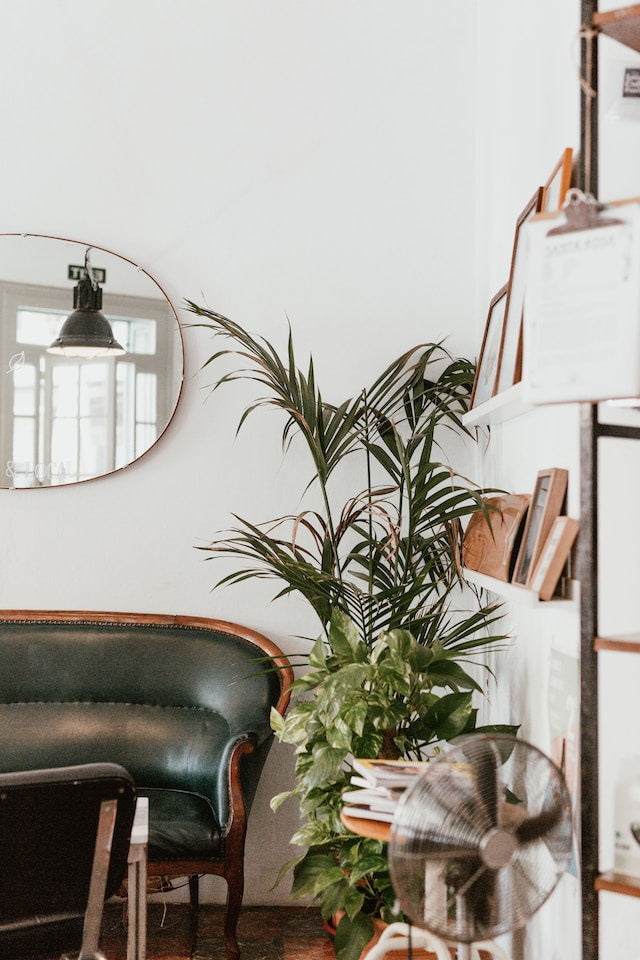
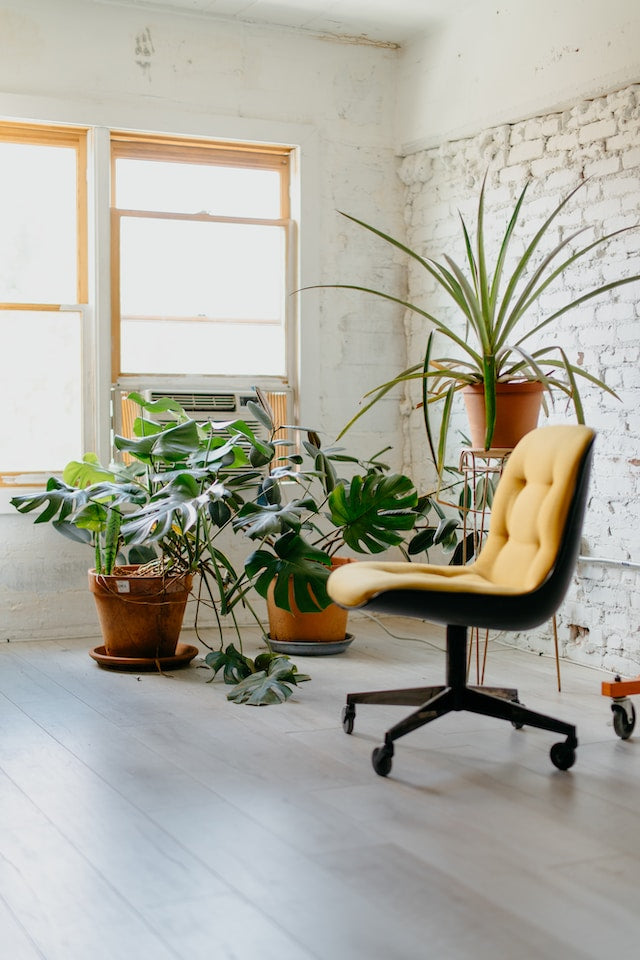
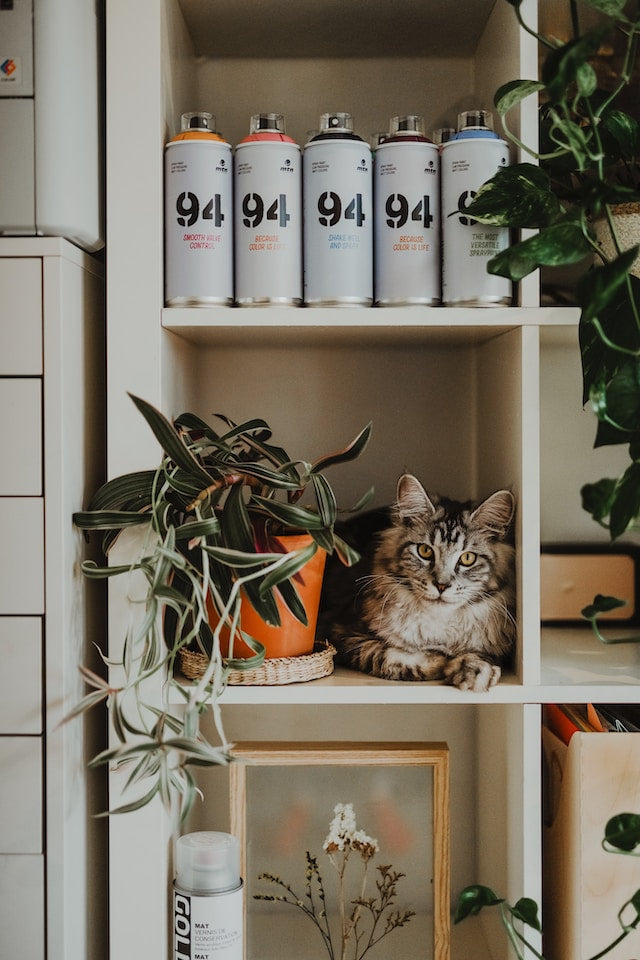
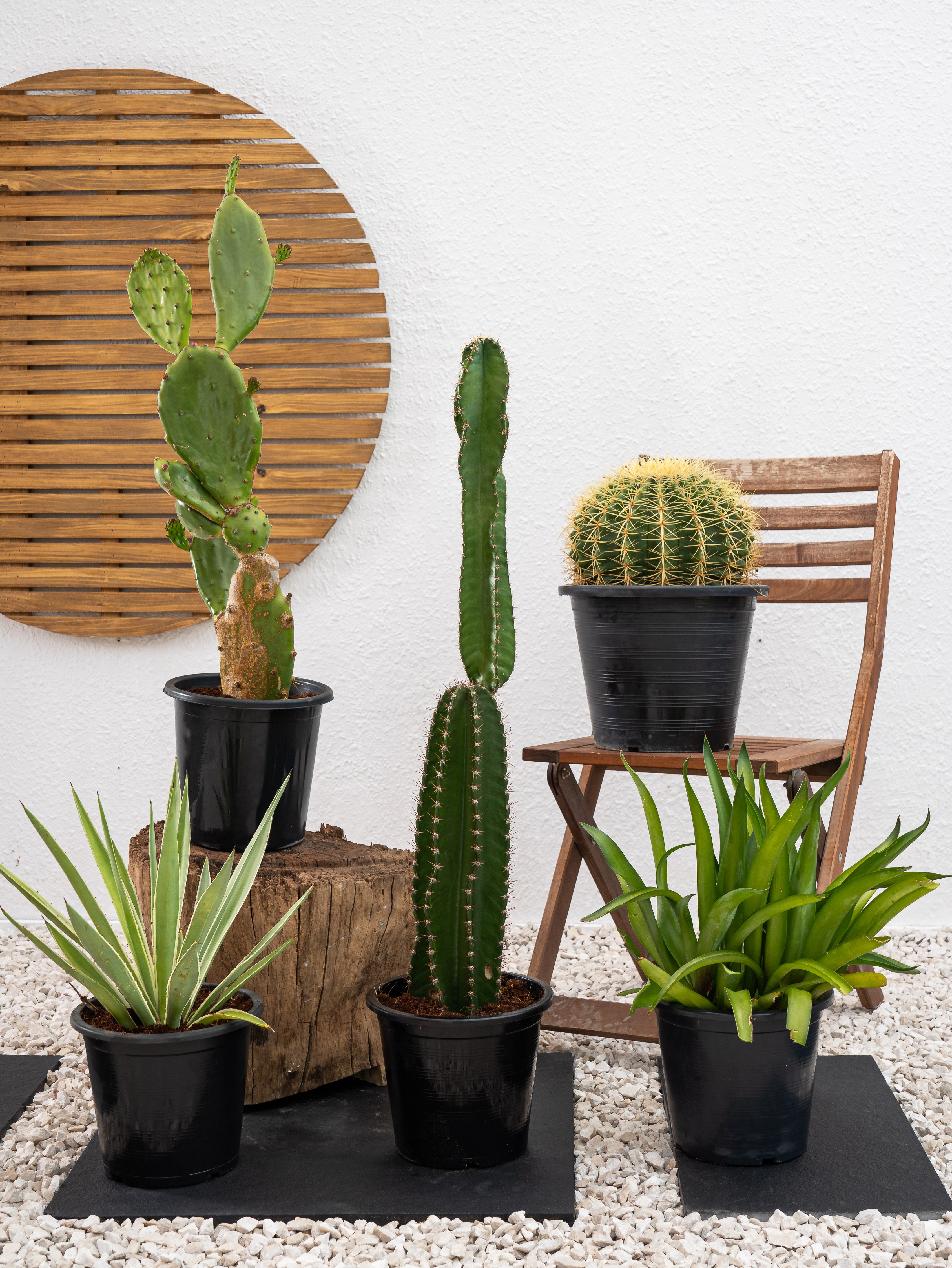
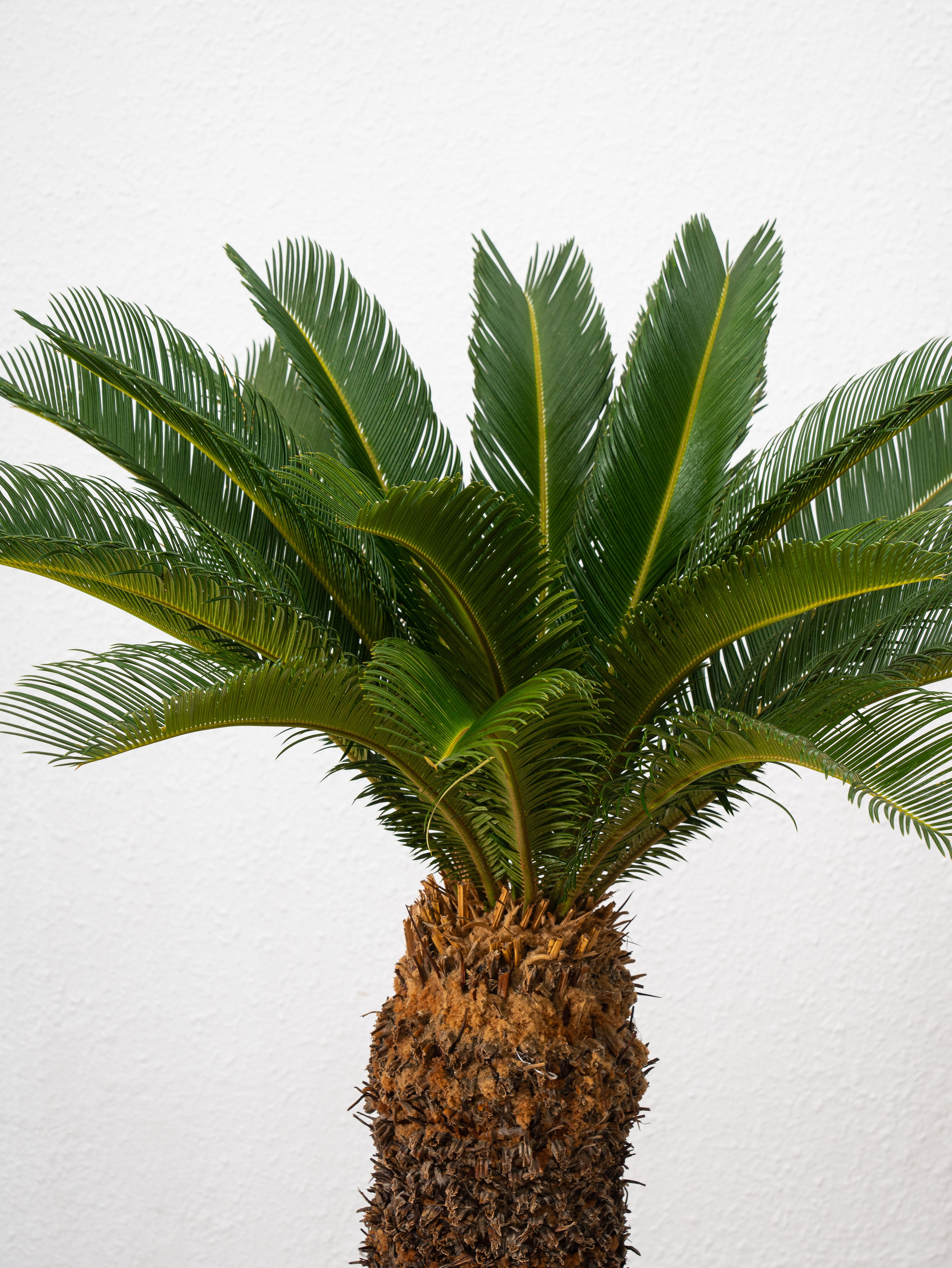
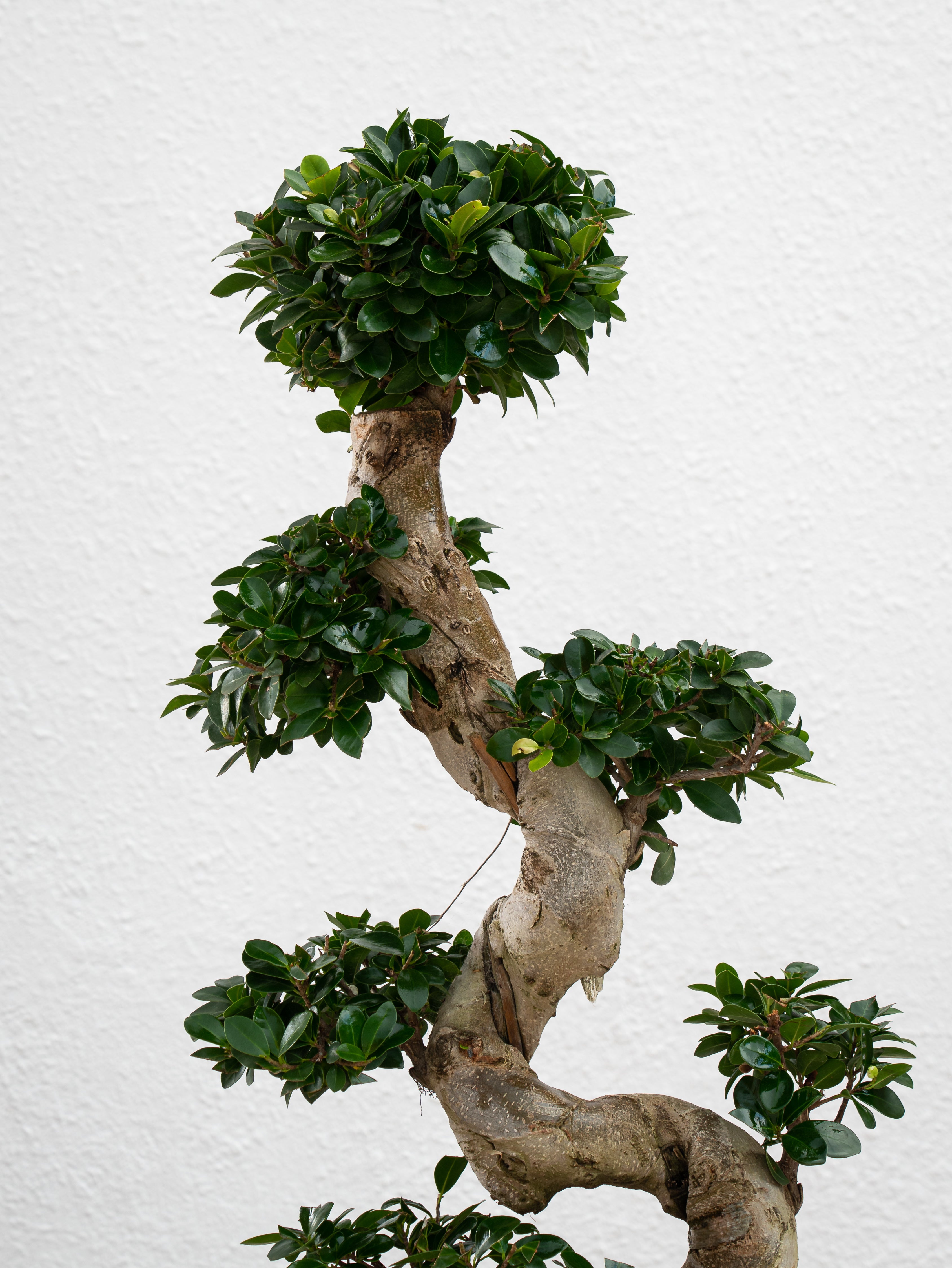
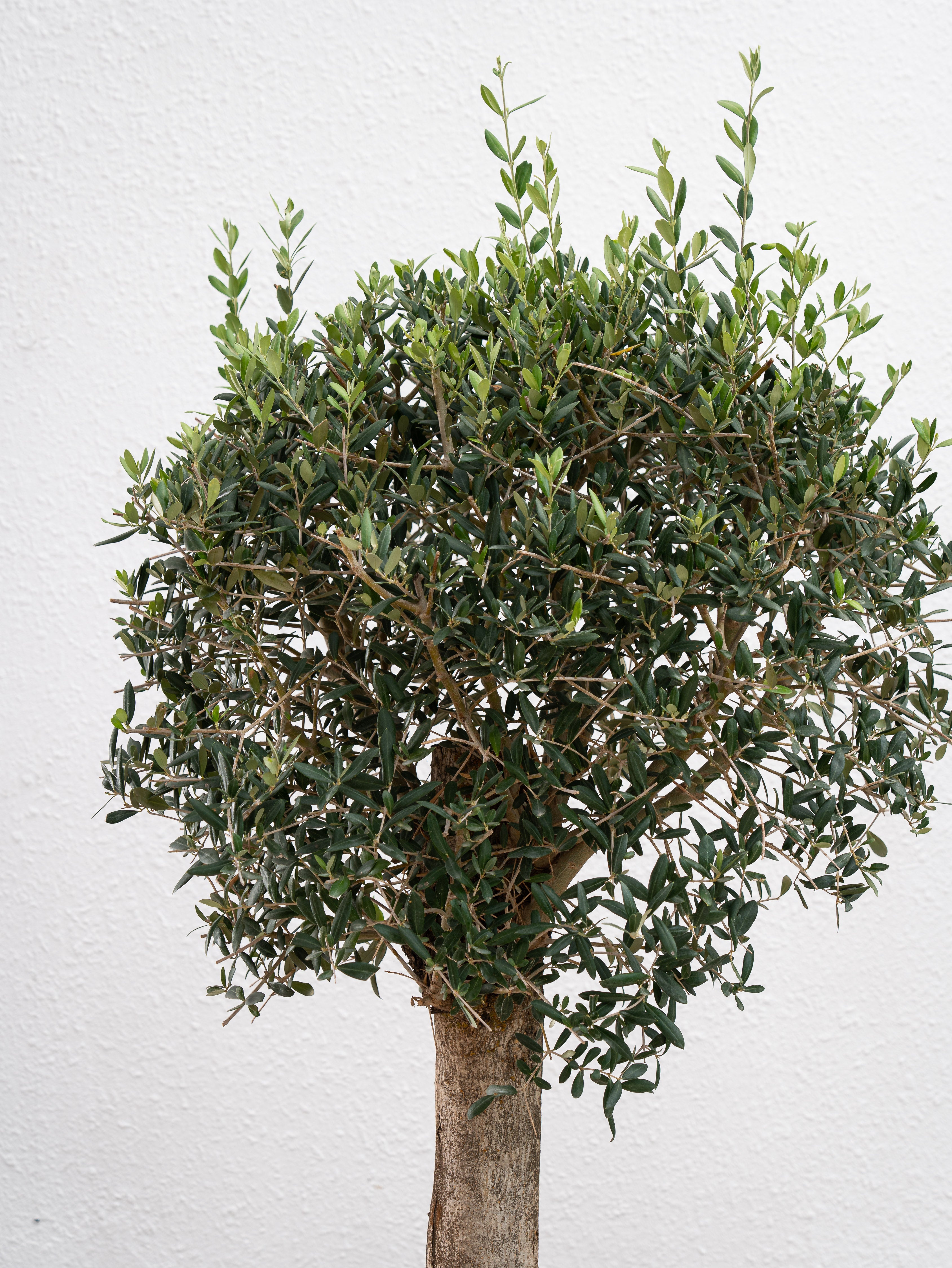
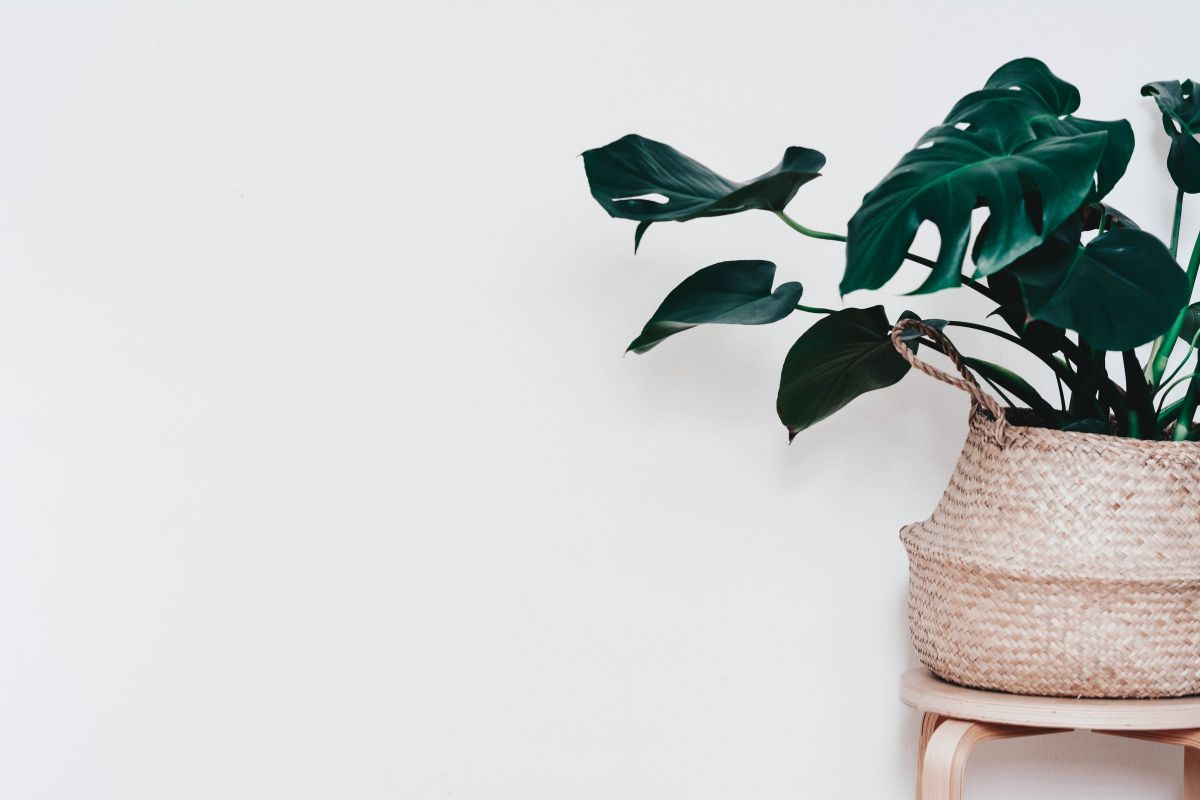
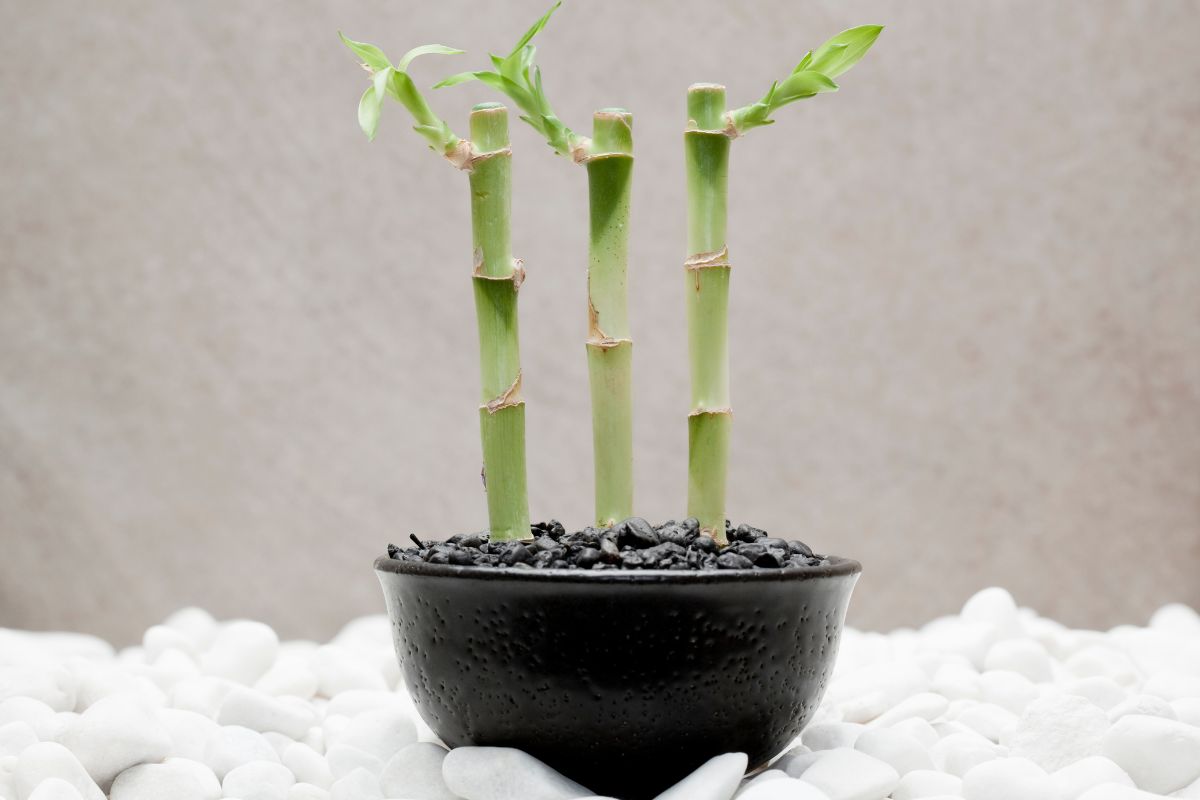

Leave a comment
This site is protected by hCaptcha and the hCaptcha Privacy Policy and Terms of Service apply.